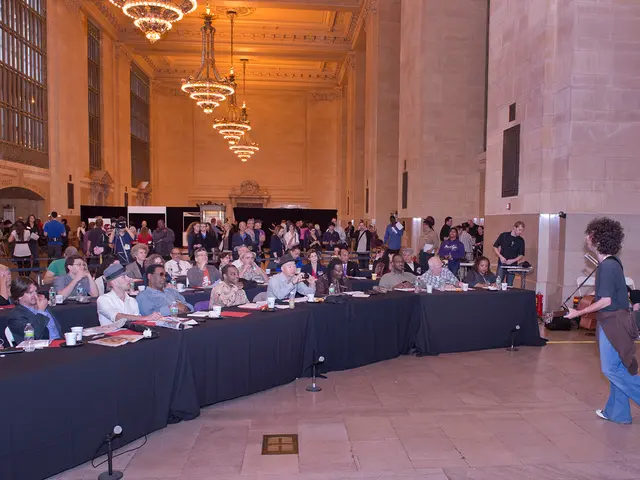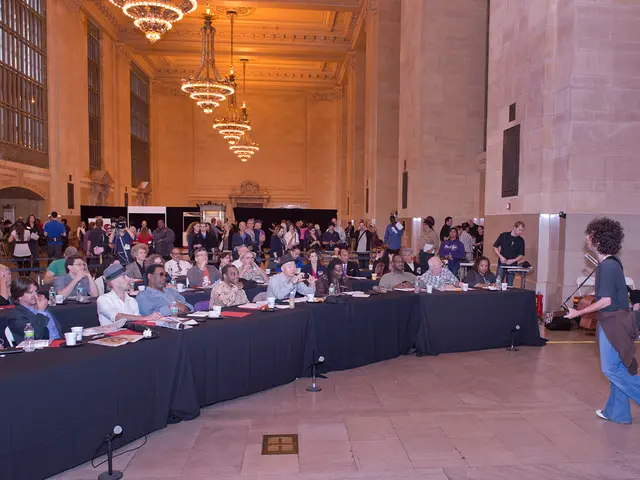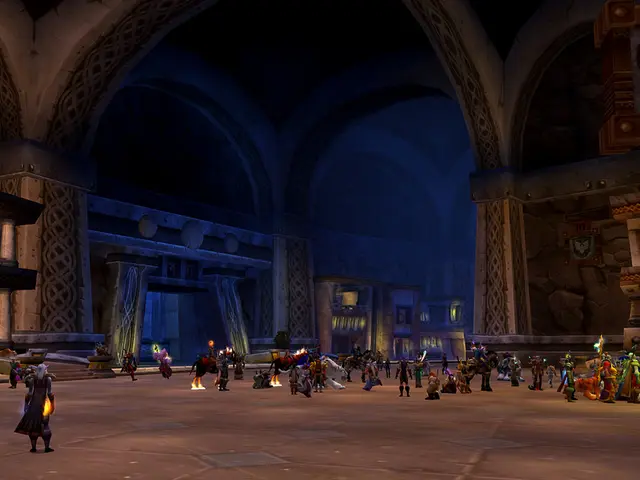Centurion Raj Khosla Honored: A Musical Tribute to a Cinematic Pioneer at 100 Years
In a long, illustrious history of Hindi cinema, a select group of filmmakers have left an indelible mark as "musical filmmakers." In the unique context of Indian cinema, music is essential in almost every movie, irrespective of genre, and these directors have adorned their films with exceptional music that often outlives the films themselves. Among these esteemed filmmakers, Raj Khosla stands out, particularly after the centennial of his birth on May 31.
Not only did select filmmakers, such as Raj Kapoor, V. Shantaram, Guru Dutt, L.V. Prasad, Manoj Kumar, Manmohan Desai, Mahesh Bhatt, and Sanjay Leela Bhansali, attain distinction in the realm of musical films, but Raj Khosla set himself apart from his peers. Unlike many filmmakers who achieved success with one or two music composers, Khosla collaborated with multiple composers to create musical masterpieces across diverse genres of films.
Stemming from a personal attachment to music, Khosla initially aspired to be a singer. Discovering his knack for analyzing films and shots during conversations with friend Dev Anand, Khosla was encouraged to try directing. His affinity for music was further nurtured by esteemed figures like Guru Dutt, who brought him on as an assistant.
Capitalizing on his audiovisual understanding of music, Khosla realized that songs must seamlessly integrate with narrative to enrich films. Early examples of this approach were evident in songs like "Yehi to hai woh" for Dev in "Solva Saal," and "Dekhne mein bhola hai dil ka salona" in "Bambai Ka Babu." Music was often instrumental in the success of various movies, even when supporting characters sang key songs, such as "Leke pehla pehla pyar" in "C.I.D." or the erotic yet situational use of the 13th-century Sufi poet Amir Khusrau's "Chhap tilak sab chhini" in "Main Tulsi Tere Aangan Ki."
Innovative and progressive, Khosla was arguably the first director to "import" musical talent into his films. For instance, the song "Leke pehla pehla pyar" was sung by Lata Mangeshkar and Asha Bhosle, with rearranged lyrics by Anand Bakshi, who collaborated with Khosla in ten of his twenty-six directorials. Similarly, Ghulam Ali's famous ghazal "Awargi" and Shobha Gurtu's traditional mujra "Saiyaan roothe rahe" were skillfully incorporated into films like "Maati Maangey Khoon" and "Nehle Pe Dehlaa," respectively.
Songs by character artistes were another of Khosla's strengths. Memorable examples include Mehmood Jr. enacting "Apni apni biwi pe sab ko guroor hai" in "Do Raaste," Muna Mumtaz performing "Boojh mera kya naam re" in "C.I.D.," and Sadhana and Johnny Walker delivering "Ae dil hai mushkil" and "Zara se agar bewafa hum na hote" from "C.I.D." and "Kuchhe Dhaage," respectively. Given the pivotal role of songs in Khosla's movies, each tune was inextricably connected to the storyline.
Throughout his career, Khosla collaborated with several acclaimed music directors, such as S.D. Burman, Madan Mohan, Laxmikant-Pyarelal, and R.D. Burman. He produced some of his most remarkable music with Laxmikant-Pyarelal, as they were involved in ten of Khosla's twenty-six directorials. Among the renowned songs they produced together, "Hai nazar ka ishara" from "Anita" stands out, as it was written by Bakshi after the passing of Raja Mehdi Ali Khan.
In conclusion, Raj Khosla's exceptional work contributed significantly to the evolution of Indian cinema, setting a high standard for musical filmmaking. His versatility in blending diverse musical genres into myriad narrative styles ensures his enduring legacy in Indian film music history.
- Despite his initial ambition to be a singer, Raj Khosla's affinity for music extended beyond performance, leading him to become a prominent figure in the world of Indian cinema as a filmmaker.
- In the realm of musical films, Raj Khosla's innovative approach set him apart from his peers, as he often integrated songs seamlessly with narrative to enrich his films.
- Various news sources highlight how Khosla was an early adopter of importing musical talent into his films, collaborating with acclaimed artists such as Lata Mangeshkar, Asha Bhosle, Ghulam Ali, and Shobha Gurtu.
- The success of Khosla's films often relied on the powerful impact of their songs, with memorable examples including "Leke pehla pehla pyar," "Chhap tilak sab chhini," and "Hai nazar ka ishara." Both entertainment critics and sports enthusiasts would agree that Khosla's contributions to Indian cinema, particularly in music, are celebrated as noteworthy milestones in the industry.








